
Importance of Crop Insurance
May 20, 2025, 11:24 am
Crop insurance is a risk management strategy that farmers use to protect their livelihoods. By purchasing a crop insurance policy, farmers are financially protected if there are losses due to a covered cause of loss.
Risk management is of crucial importance in the investment and financing decisions of farmers therefore, farmers must know about crop insurance and how to use it to protect their farms.
Importance of Crop Insurance
Agricultural insurance is a growing business driven by increasing commercialization of agriculture, international trade, and foreign direct investment, and the development of new insurance products.
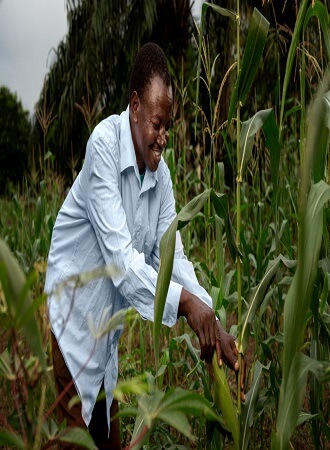
Crop insurance is not the universal solution to the risk and uncertainties which are part and parcel of farming. However, crop insurance can address part of the losses resulting from some perils and keep farmers afloat.
Natural disasters and market forces hit hard. They may cause heavy losses to farmers. Crop insurance can assist in managing these losses. Crop insurance is that branch of financial mechanisms that are especially geared to covering losses from adverse weather and similar events beyond the control of farmers
Benefits of Crop Insurance
The following are some benefits of having crop insurance for your farm and forest:
1. Evidence is accumulating of connections between climate change, and the increasing incidence of crop damaging weather eventsof extreme severity. With a crop insurance policy, you will be protected from losses due to adverse climate change

Farming is becoming steadily more commercialized, with greater levels of financial investment. Farmer/investors and their bankswill frequently examine the feasibility of using a financial mechanismi.e. insurance, in order to address part of the risk to their financial investment. As a part of this trend to commercialization greater use is now being made of contract farming arrangements, where insurance is one of many services provided, along with inputs, to growers. There is a trend to formalize risk management in farming, with crop insurance being one obvious mechanism which can be harnessed for this task.

2. Governmental support for farmers. The World Trade Organization (WTO) regulations generally forbid governments from subsidizing agriculture directly; however, they permit the subsidization of agricultural insurance premiums. For those countries wanting and able to effect transfer payments into their farming sectors, crop insurance provides a convenient channel for doing so.
3. Accidental introduction of exotic pests/diseasesis something which concerns all countries where agriculture is an important part of the economy. Insurance can address the risk of a breakdown of these pest/disease protection measures. Crop insurance can also assist in managing the on-farm production risks consequent to changes in pest management practices. Such changes are increasingly required in order to address environmental protection and food safety concerns
Types of Crop Insurance
There are two main types of crop insurance: damage-based and yield-based. These two main types of crop insurance products, and other innovative crop insurance products, are explained below
Damage-based Crop Insurance Products
These are insurance against crop losses from weather events like hail, snowstorm, cyclone, typhoon rain etc. This type of crop insurance accounts for a considerable proportion of crop insurance worldwide.
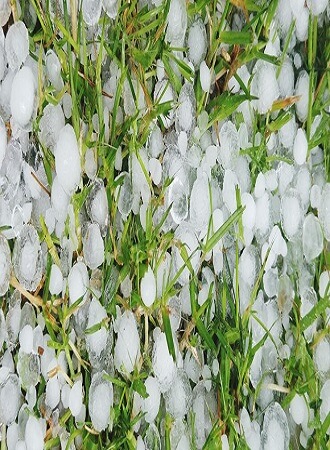
The key features of damage-based crop insurance are:
• Damage resulting from the peril is localized
• Low degree of correlation of risk over a given area
• Sum insured is agreed when the policy is purchased
• Loss adjustment and eventual indemnity based on measurement of the percentage of damage after the incidence of the loss event
This type of insurance is not suitable for perils which can impact over wide areas, e.g. drought, pest, disease.
Yield-based Crop Insurance Products
This type of crop insurance product is also called Multi-peril crop insurance (MPCI). These type of crop insurance products have the defining characteristic that insurance is geared to a level of expected yield, rather than to the damage that is measured after a defined loss event.
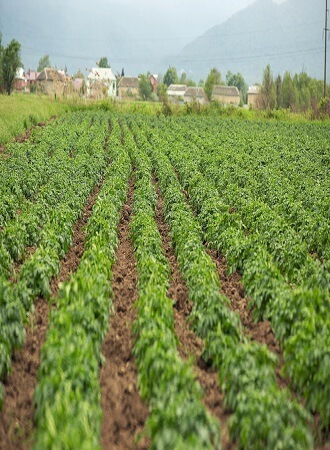
Other features of these type of crop insurance are:
• MPCI policies are suited to perils the nature of which mean that their individual contribution to a crop loss is difficult to measure
• Similarly these yield-based policies are suited to perils which impact over a period of time
• Establishing a farmer’s yield history provides the basis for determining the percentage of shortfall after a loss event the yield is measured at harvest; insured yield may typically be in the range of 50 to 70 percent of historic average yield
• Yield shortfall may be determined on either an area or individual farmer basis.
Crop-Revenue Insurance Products
The essence of this product is to combine production and price risk, the combination of production and price being the determinants of gross revenue from a given crop. Under normal supply/demand conditions a production shortfall might be expected to result in a rise in price.
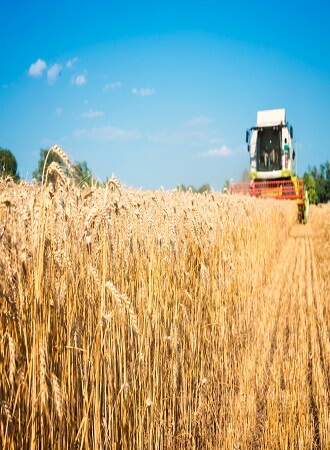
To some extent such a rise will cancel out the financial loss for the grower who suffers a production shortfall. But this will only be the case if he harvests sufficient crop and sells it at sufficient premium over the expected price. Crop-revenue insurance is designed to meet any remaining shortfall in revenue from crop sales. Frequently, too, crop-revenue products involve the determination of loss on an area basis, introducing important economies in the loss assessment process
Index-based Crop Insurance Products
In a classic crop insurance policy, evidence of damage to the actual crop on the farm, or in the area of the farm, is needed before an indemnity is paid. But verifying that such damage has occurred is expensive, and making an accurate measurement of the loss on each individual insured farm is even more costly.
An index (also known as ‘coupon’) policy operates differently. With an index policy a meteorological measurement is used as the trigger for indemnity payments.

These damaging weather events might be:
• A certain minimum temperature for a minimum period of time
• A certain amount of rainfall in a certain time period – this can be used for excess rain and also for lack of rain (drought) cover
• Attainment of a certain wind speed – for hurricane insurance.
How to Purchase Crop Insurance
Crop insurance is often a public-private partnership between insurance providers and the national government. To purchase a policy, you need to go through a crop insurance agent who sells policies for one of the approved insurance providers.

The national government may or may not subsidize the insurance premium. Insurance providers sell and administer the insurance policies, making payments to farmers when there are eligible losses
Cost of Crop Insurance
The cost of a crop insurance policy varies based on several different factors. In part, the cost reflects the types of risks being covered, the likelihood of a loss occurring, and the value of the crop. In fact, the cost of a crop insurance policy will vary from locality to locality and field to field. For example, insuring crops grown next to a river that floods regularly will likely have a higher cost when compared to crops that are grown outside of the flood plain. A crop insurance agent can provide a quote that reflects the needs of your farming operation.
Key Dates in Crop Insurance Policy
In order to understand your particular crop insurance policy, there are specific dates terminologies you must be aware of. The specific dates vary by policy type and location. Dates may not be used for some policies. The documents provided when you purchase a crop insurance policy contain all official information.
Below are some of the important date terminologies you must be aware of in a standard crop insurance policy:
Acreage Reporting Date — Farmers must report all their acreage of an insured crop in a location and insurable share of that acreage by this date. This information is used to determine your guarantee and the cost of your insurance.
Cancellation Date — The last day that you can cancel a policy before it automatically renews.
Contract Change Date — The last day that changes to a policy can be made for the upcoming year.
End of Insurance Date — Crop insurance coverage ceases on this date. Any losses experienced after this date are not covered by the policy.
Planting Dates — Dates governing when you can plant. There are three important dates in this category.
- Earliest Planting Date — Planting before this date makes the planted crop ineligible for replanting payments when replant is allowed by the policy.
- Final Planting Date — Crop must be planted before this date to receive the full guarantee. Typically, there is a 1% reduction in the guarantee for every day after this date until the crop is planted.
- End of Late Planting Period Date — If a crop is planted after this date, then it is no longer eligible for crop insurance.
Premium Billing Date — The earliest date when a farmer will be billed for their insurance coverage.
Production Reporting Date — The insured farmer is required to report the amount of crop they produced. This information is used to determine the guarantee for the next year.
Sales Closing Date — The last day that you can apply to purchase a new policy or make changes to an existing policy each year.
Termination Date — A policy's coverage ceases on this date if the farmer does not pay any amount due, including the premium.
Sources and References
- USDA Risk Management Agency Beginner’s Guide To Crop Insurance
- Insurance Of Crops In Developing Countries by R.A.J Roberts
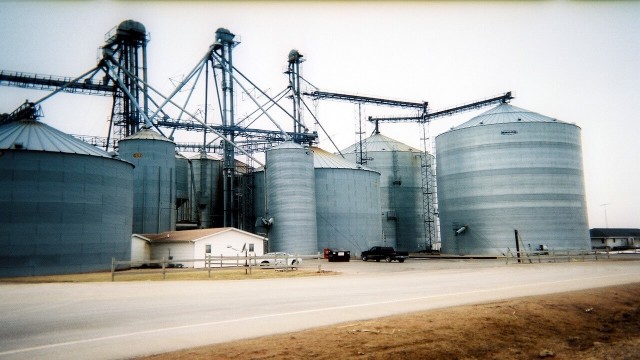
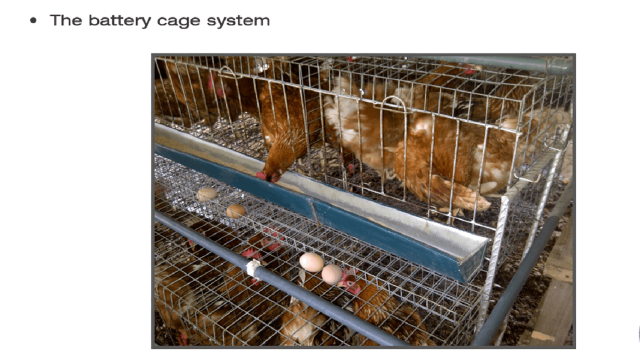
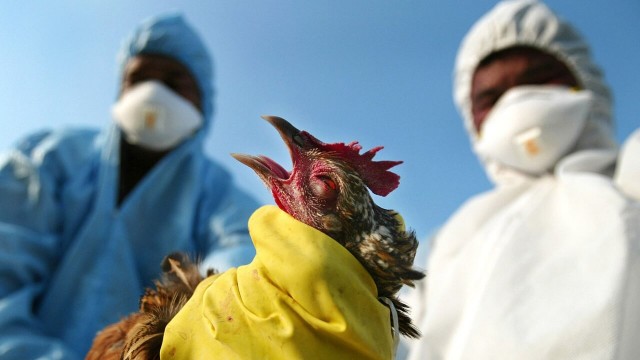
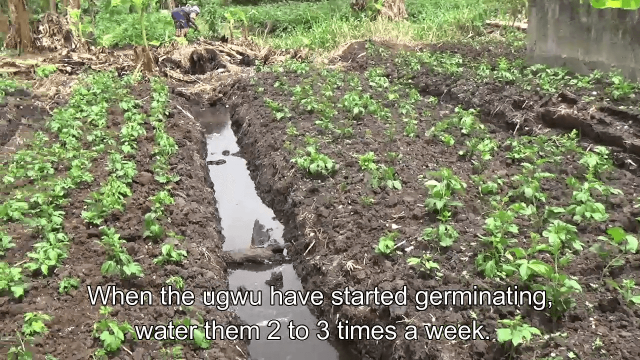
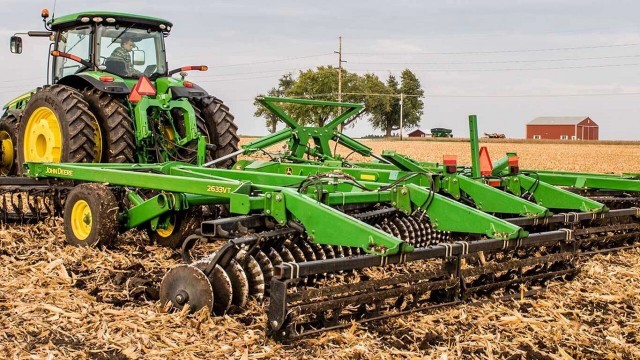
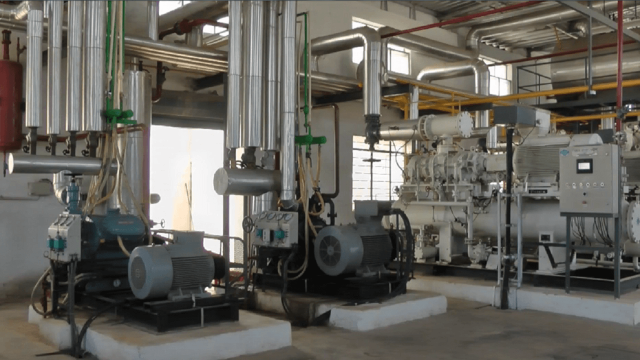
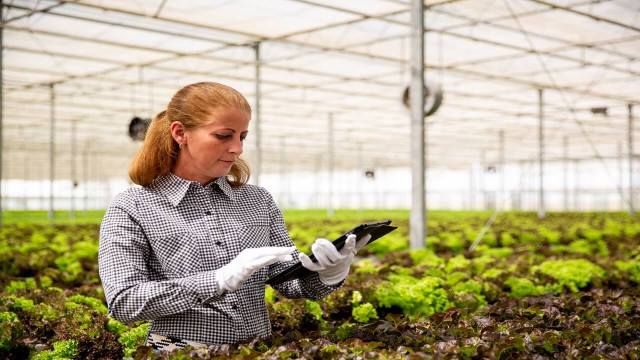
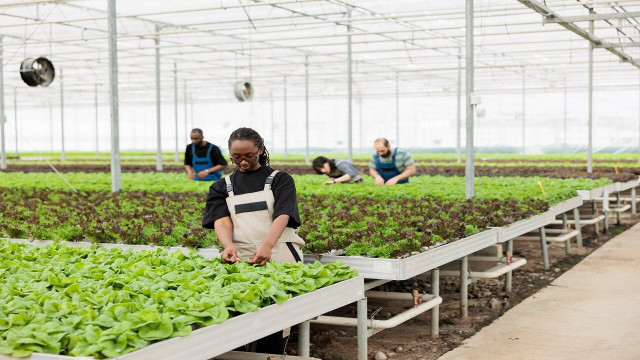
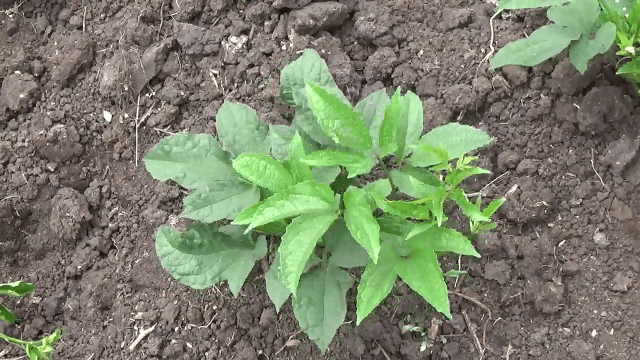
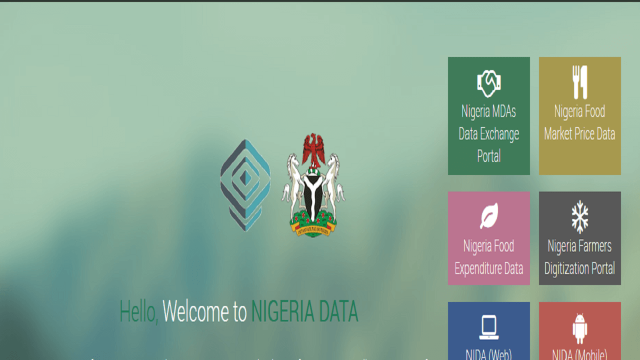

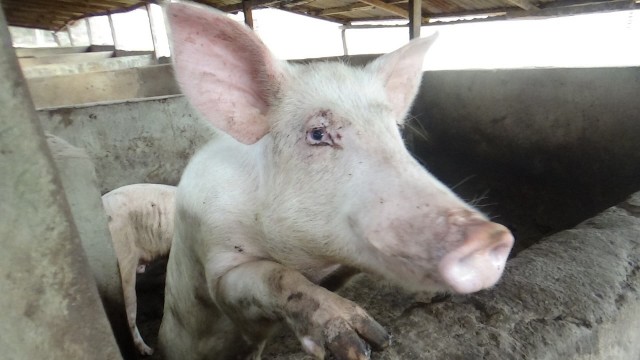
Share This Article: